Home>Gardening & Outdoor>Outdoor Recreation & Activities>How To Get Rid Of Mosquito Larvae In A Swimming Pool
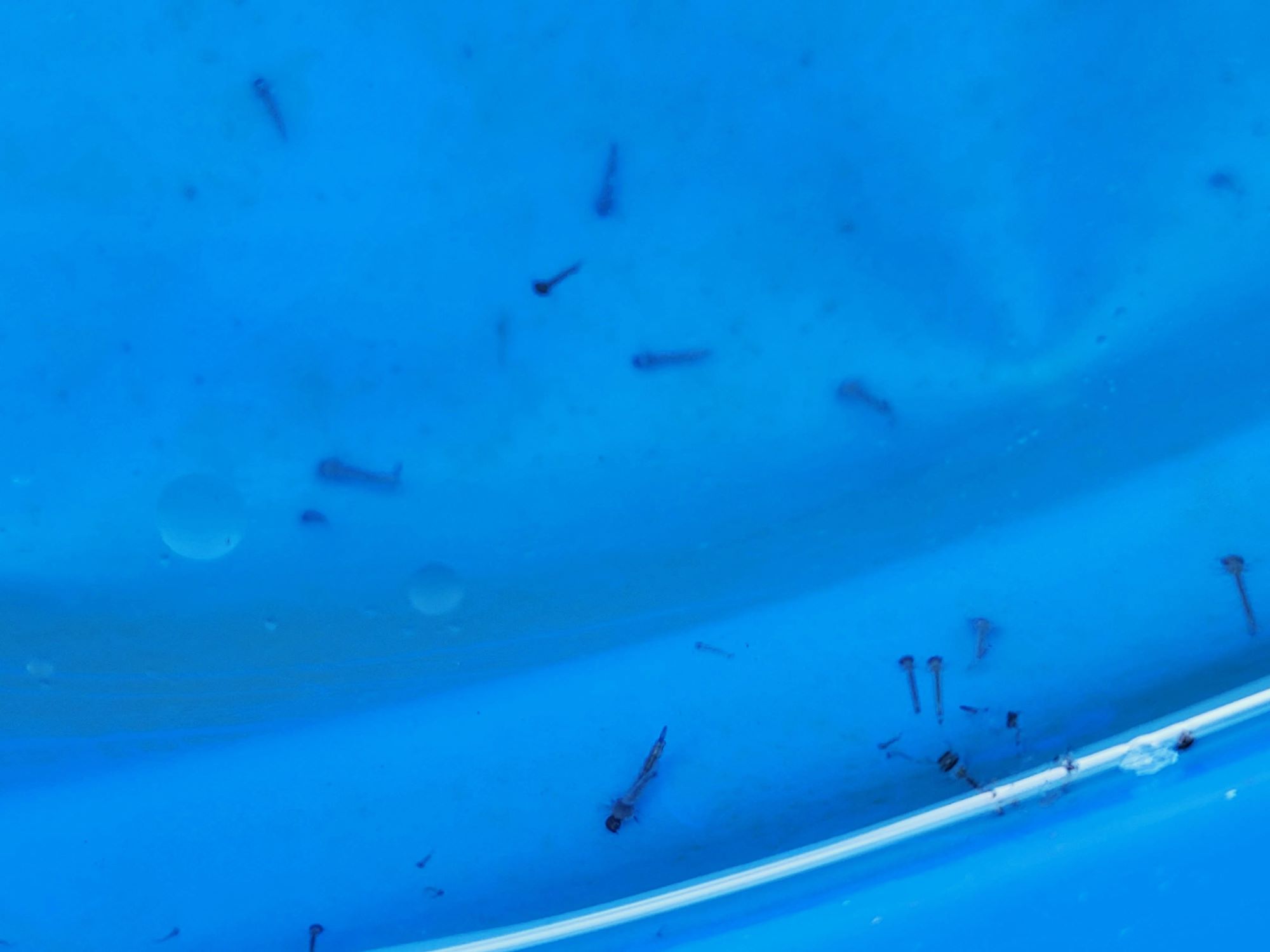

Outdoor Recreation & Activities
How To Get Rid Of Mosquito Larvae In A Swimming Pool
Modified: October 20, 2024
Learn effective methods for removing mosquito larvae from your swimming pool and enjoy outdoor recreation without the nuisance of pesky insects. Keep your pool clean and mosquito-free with these simple tips.
(Many of the links in this article redirect to a specific reviewed product. Your purchase of these products through affiliate links helps to generate commission for Storables.com, at no extra cost. Learn more)
Introduction
Mosquitoes are notorious for their itchy bites and the potential to spread diseases. One of the most common breeding grounds for these pesky insects is stagnant water, making swimming pools an ideal location for mosquito larvae to thrive. As a pool owner, dealing with mosquito larvae can be a frustrating and persistent challenge. However, understanding the life cycle of mosquitoes and implementing effective control measures can help you reclaim your pool and ensure a pleasant swimming experience for you and your family.
Mosquito larvae, often referred to as "wrigglers," are the immature stage of mosquitoes that develop in water. They require stagnant or slow-moving water to complete their life cycle, making swimming pools, especially those with inadequate maintenance, an attractive breeding site. These larvae are equipped with specialized structures that allow them to float at the water's surface, where they feed on organic matter and bacteria. Understanding the behavior and habitat preferences of mosquito larvae is crucial in effectively eliminating them from your pool.
In this comprehensive guide, we will delve into the various methods to eradicate mosquito larvae from your swimming pool, as well as essential prevention tips to minimize future infestations. By implementing these strategies, you can reclaim your pool as a safe and enjoyable space for relaxation and recreation, free from the nuisance and potential health risks associated with mosquito larvae. Let's explore the world of mosquito control and reclaim your pool from these unwelcome intruders.
Key Takeaways:
- Say goodbye to mosquito larvae in your pool by maintaining proper water circulation, cleaning and maintaining the pool, and utilizing larvicides or mosquito-eating fish. Keep your pool safe and enjoyable for everyone!
- Prevent future mosquito larvae infestations by regular maintenance, covering the pool when not in use, trimming vegetation, and utilizing mosquito repellents and traps. Create a healthier and more enjoyable pool environment for you and your family!
Understanding Mosquito Larvae
Mosquito larvae, commonly known as "wrigglers," are the aquatic, immature stage of mosquitoes. These tiny creatures play a pivotal role in the life cycle of mosquitoes, as they undergo several developmental stages before emerging as adult mosquitoes. Understanding the characteristics and behavior of mosquito larvae is crucial in effectively combating their presence in swimming pools.
Physical Characteristics
Mosquito larvae are distinguishable by their elongated, worm-like appearance, typically ranging from a few millimeters to about a centimeter in length. They exhibit a unique adaptation in the form of a siphon tube, which they use to breathe while positioned at the water's surface. This specialized structure allows them to access atmospheric air without needing to break the water's surface tension, enabling them to thrive in aquatic environments.
Habitat Preferences
Mosquito larvae are highly dependent on water for their survival and development. They prefer stagnant or slow-moving water bodies, as these provide an ideal environment for their growth. In the context of swimming pools, neglected or poorly maintained pools with stagnant water, accumulated debris, or inadequate circulation are particularly attractive breeding grounds for mosquito larvae. Additionally, the presence of organic matter, such as fallen leaves or algae, further enhances the suitability of a pool as a habitat for mosquito larvae.
Feeding Behavior
Mosquito larvae are primarily filter feeders, consuming microorganisms, algae, and organic debris present in the water. Their feeding activity contributes to the breakdown of organic matter, playing a role in nutrient cycling within aquatic ecosystems. This feeding behavior, while beneficial in natural water bodies, becomes problematic in swimming pools, where the presence of mosquito larvae can compromise water quality and pose a nuisance to pool users.
Life Cycle
The life cycle of mosquitoes consists of four stages: egg, larva, pupa, and adult. The larval stage is characterized by the presence of mosquito larvae, which undergo molting as they grow. After completing several molting cycles, the larvae transform into pupae, eventually emerging as adult mosquitoes. Understanding this life cycle is essential in devising effective control measures, as targeting the larvae stage can disrupt the mosquito population and prevent the emergence of adult mosquitoes.
By gaining insights into the physical characteristics, habitat preferences, feeding behavior, and life cycle of mosquito larvae, pool owners can develop a deeper understanding of these aquatic pests. This knowledge forms the foundation for implementing targeted strategies to eliminate mosquito larvae from swimming pools and prevent their resurgence, ensuring a mosquito-free and enjoyable swimming environment for all.
Risks of Having Mosquito Larvae in a Swimming Pool
The presence of mosquito larvae in a swimming pool poses significant risks that extend beyond mere annoyance. These aquatic pests can compromise the safety, hygiene, and overall enjoyment of the pool environment, impacting both human and pet health. Understanding the potential risks associated with mosquito larvae infestations is crucial for pool owners to grasp the urgency of addressing this issue effectively.
1. Disease Transmission
Mosquitoes are notorious vectors for various diseases, including West Nile virus, Zika virus, dengue fever, and chikungunya. The presence of mosquito larvae in a swimming pool increases the likelihood of adult mosquitoes emerging and potentially transmitting these diseases to individuals using the pool. This poses a serious health risk, particularly in regions where mosquito-borne illnesses are prevalent.
2. Allergic Reactions
Mosquito bites can trigger allergic reactions in some individuals, leading to symptoms such as itching, redness, and swelling at the bite site. For individuals with heightened sensitivity to mosquito bites, the presence of mosquito larvae in a pool can result in discomfort and allergic responses, detracting from the pleasure of swimming and relaxation.
Read more: How To Get Rid Of Mosquitoes In The Kitchen
3. Water Contamination
The feeding behavior of mosquito larvae, coupled with their presence in the pool water, can contribute to water contamination. Their consumption of organic matter and microorganisms can compromise water quality, leading to increased turbidity and the potential for bacterial growth. This not only affects the visual clarity of the water but also poses health risks to individuals exposed to contaminated pool water.
4. Impact on Pets
Pets, especially dogs, are susceptible to mosquito bites and the associated health risks. The presence of mosquito larvae in a swimming pool increases the likelihood of mosquitoes breeding and biting pets, potentially exposing them to diseases and discomfort. This can deter pets from enjoying the pool area and compromise their well-being.
5. Disruption of Pool Activities
The presence of mosquito larvae can disrupt pool activities, as individuals may be reluctant to use the pool due to the nuisance and potential health risks posed by mosquitoes. This can diminish the overall enjoyment and utility of the pool, impacting the recreational and social aspects associated with pool usage.
By recognizing the multifaceted risks associated with mosquito larvae in a swimming pool, pool owners can appreciate the urgency of implementing effective control measures. Addressing these risks not only safeguards the well-being of pool users but also ensures a pleasant and hygienic pool environment for leisure and relaxation.
Methods to Get Rid of Mosquito Larvae in a Swimming Pool
-
Maintain Proper Water Circulation: Ensure that your pool's filtration and circulation systems are functioning optimally. Adequate water circulation prevents the formation of stagnant areas where mosquito larvae thrive. Regularly clean and inspect the pool pump, filter, and skimmer to promote efficient water movement and minimize potential breeding sites for mosquito larvae.
-
Remove Standing Water: Eliminate any sources of standing water in the pool area, such as puddles or containers that collect rainwater. Mosquitoes require stagnant water to lay their eggs, and by removing these potential breeding grounds, you can significantly reduce the likelihood of mosquito larvae infestations in and around the pool.
-
Clean and Maintain the Pool: Regularly clean the pool to remove debris, fallen leaves, and organic matter that serve as food sources for mosquito larvae. Use a pool skimmer and vacuum to keep the water free of floating and submerged debris. Additionally, maintain proper water chemistry and sanitation levels to create an environment that is less conducive to mosquito larvae development.
-
Utilize Larvicides: Consider using larvicides specifically designed for mosquito larvae control. These products are formulated to target and eliminate mosquito larvae while posing minimal risk to humans and pets. Follow the manufacturer's instructions when applying larvicides to ensure safe and effective usage.
-
Introduce Mosquito-Eating Fish: Certain species of fish, such as gambusia (mosquito fish) and goldfish, are voracious consumers of mosquito larvae. Introducing these fish to your pool can serve as a natural and sustainable method of controlling mosquito populations. However, it's essential to research and select fish species that are compatible with your pool environment and local regulations.
-
Install a Surface Agitator: Consider installing a surface agitator or fountain feature in your pool. These devices disrupt the water's surface, making it less hospitable for mosquito egg-laying and larvae development. The agitation also enhances water circulation, contributing to a less favorable environment for mosquito breeding.
-
Regular Maintenance and Inspection: Establish a routine maintenance schedule to inspect and address potential mosquito larvae breeding sites. This includes checking for clogged drains, ensuring proper pool cover drainage, and promptly repairing any leaks or areas of water accumulation. Consistent vigilance and proactive maintenance are key to preventing mosquito larvae infestations.
By implementing these proactive methods, pool owners can effectively combat and eliminate mosquito larvae infestations, creating a safer and more enjoyable swimming environment for all.
Prevention Tips for Future Mosquito Larvae Infestations
Preventing future infestations of mosquito larvae in a swimming pool requires a proactive and comprehensive approach. By implementing the following prevention tips, pool owners can minimize the likelihood of mosquito breeding and ensure a sustained defense against these aquatic pests.
-
Regular Maintenance and Cleaning: Consistent and thorough pool maintenance is essential for preventing mosquito larvae infestations. This includes skimming the pool surface to remove debris, vacuuming the pool floor, and scrubbing the walls to eliminate potential egg-laying sites. Additionally, maintaining proper water chemistry and sanitation levels inhibits the development of mosquito larvae, contributing to a healthier pool environment.
-
Cover and Maintain Pool Accessories: When the pool is not in use, covering it with a securely fitted pool cover can prevent the accumulation of debris and rainwater, reducing the potential for stagnant water that attracts mosquitoes. Furthermore, regularly inspect and maintain pool accessories such as ladders, slides, and diving boards to ensure they do not harbor standing water, which can serve as breeding sites for mosquito larvae.
-
Trim Vegetation and Remove Standing Water: Trim back vegetation and foliage near the pool area to minimize shaded and damp areas where mosquitoes can thrive. Additionally, eliminate any sources of standing water in the vicinity, such as clogged gutters, flowerpots, or birdbaths, as these can become breeding grounds for mosquitoes. By addressing these areas, you can reduce the overall mosquito population in the vicinity of the pool.
-
Utilize Mosquito Repellents and Traps: Consider using mosquito repellents and traps in the pool area to deter adult mosquitoes from laying eggs and reduce their presence. Citronella candles, mosquito-repelling plants, and commercially available mosquito traps can help create a less hospitable environment for mosquitoes, complementing other preventive measures.
-
Regular Inspections for Potential Breeding Sites: Conduct regular inspections of the pool and its surroundings to identify and address potential mosquito breeding sites. This includes checking for areas of stagnant water, addressing leaks or drainage issues, and promptly removing any debris or organic matter that could serve as a food source for mosquito larvae.
By integrating these prevention tips into your pool maintenance routine, you can establish a robust defense against future mosquito larvae infestations. Proactive measures, coupled with regular vigilance, contribute to a healthier and more enjoyable pool environment for you, your family, and your guests.
Frequently Asked Questions about How To Get Rid Of Mosquito Larvae In A Swimming Pool
Was this page helpful?
At Storables.com, we guarantee accurate and reliable information. Our content, validated by Expert Board Contributors, is crafted following stringent Editorial Policies. We're committed to providing you with well-researched, expert-backed insights for all your informational needs.
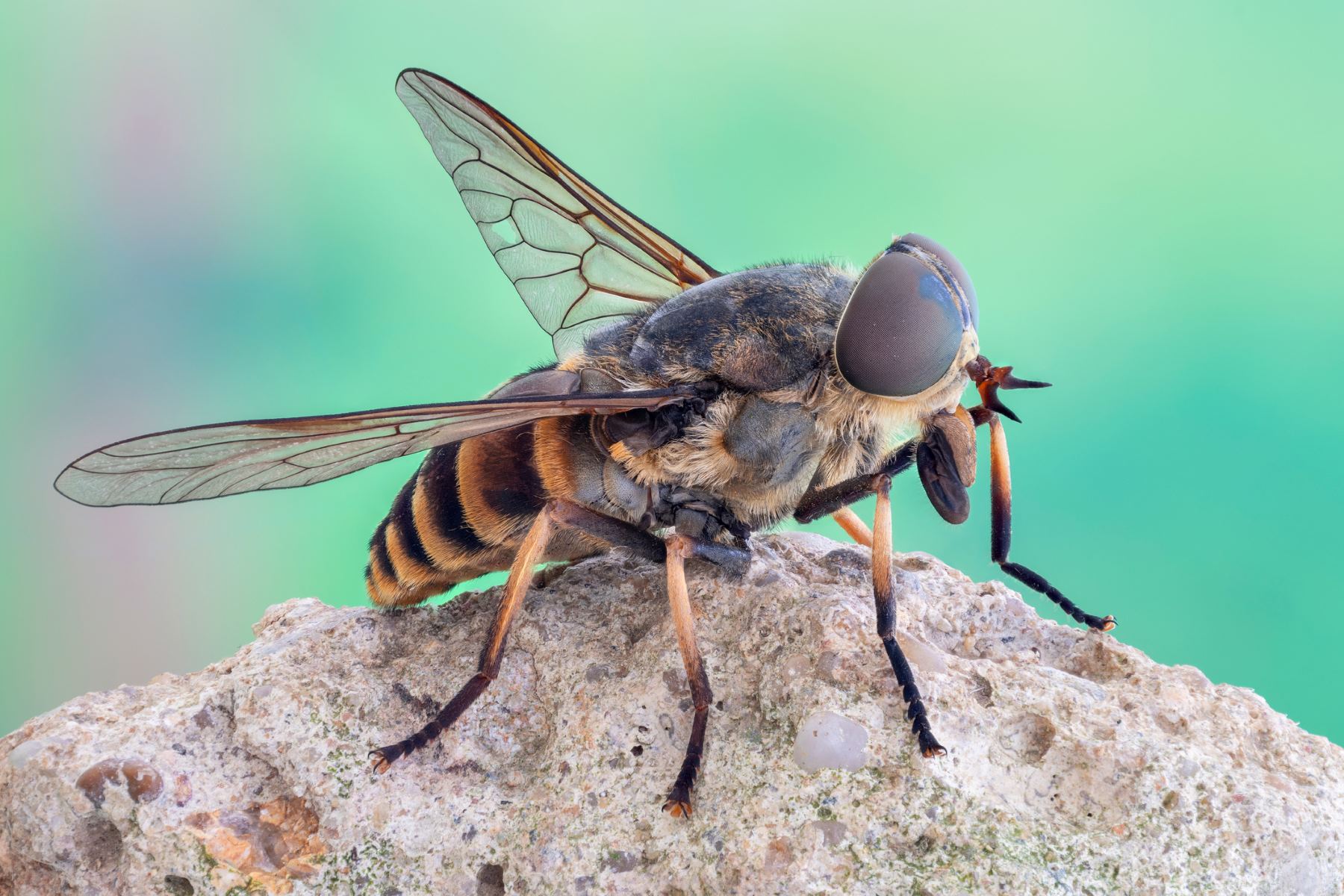
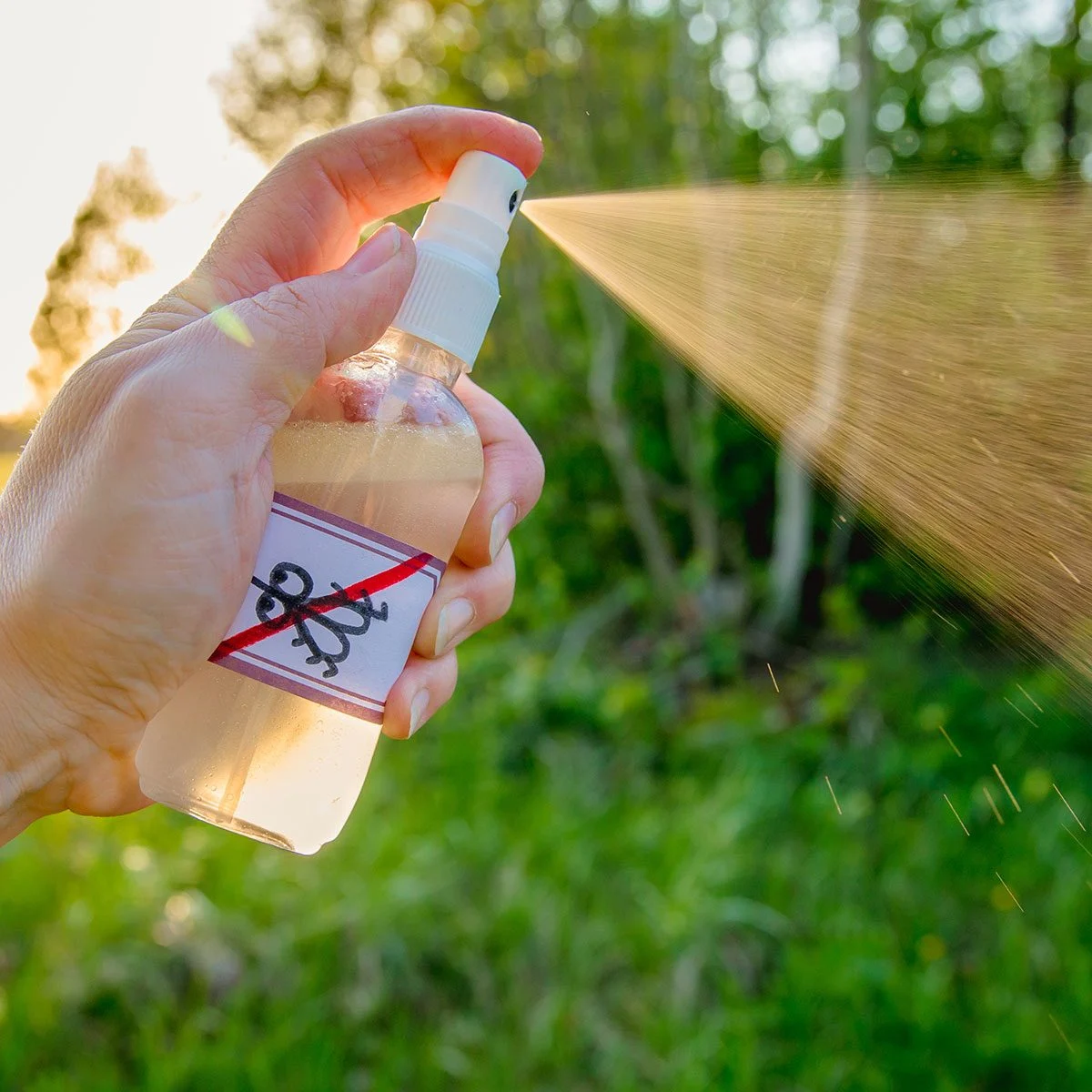
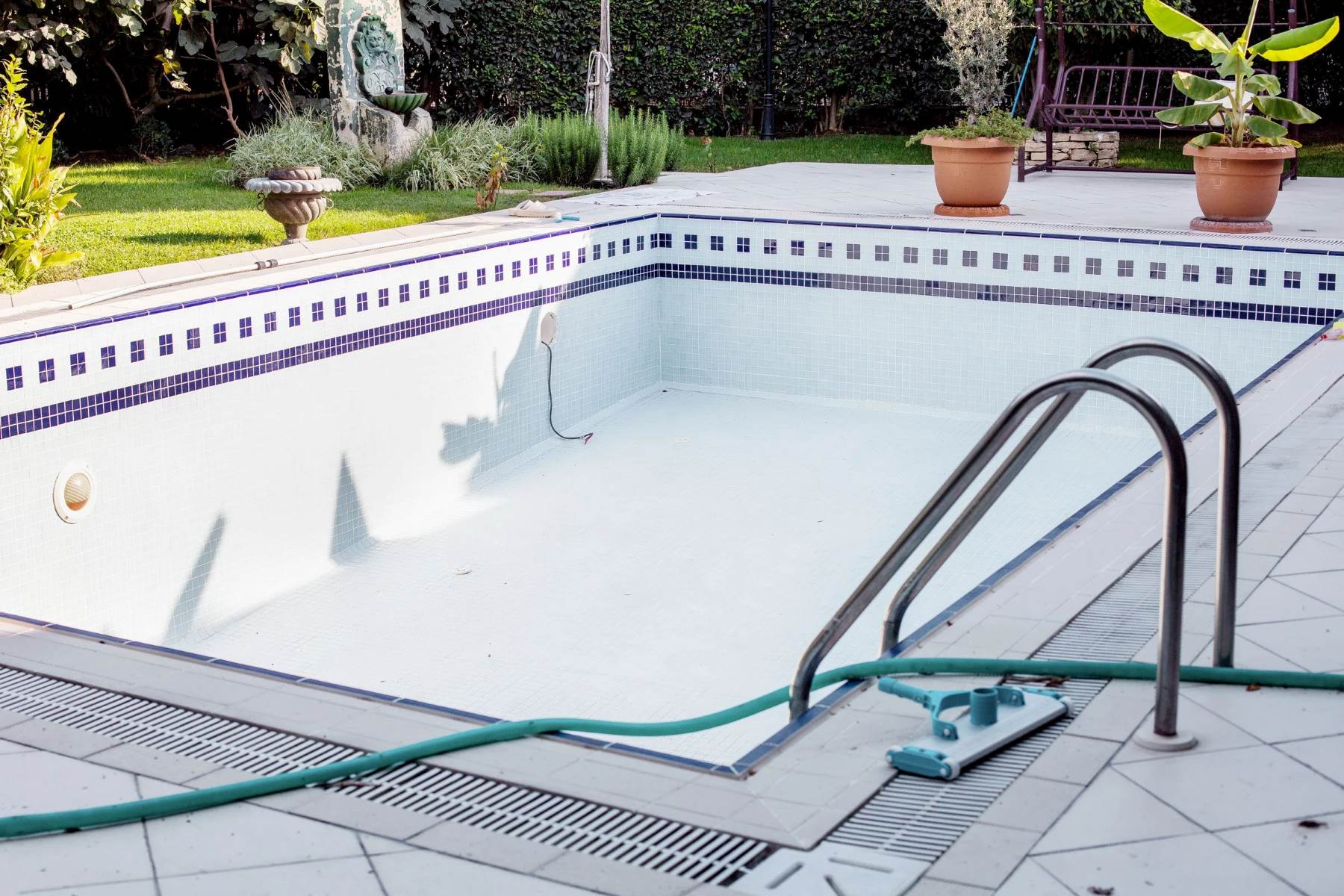
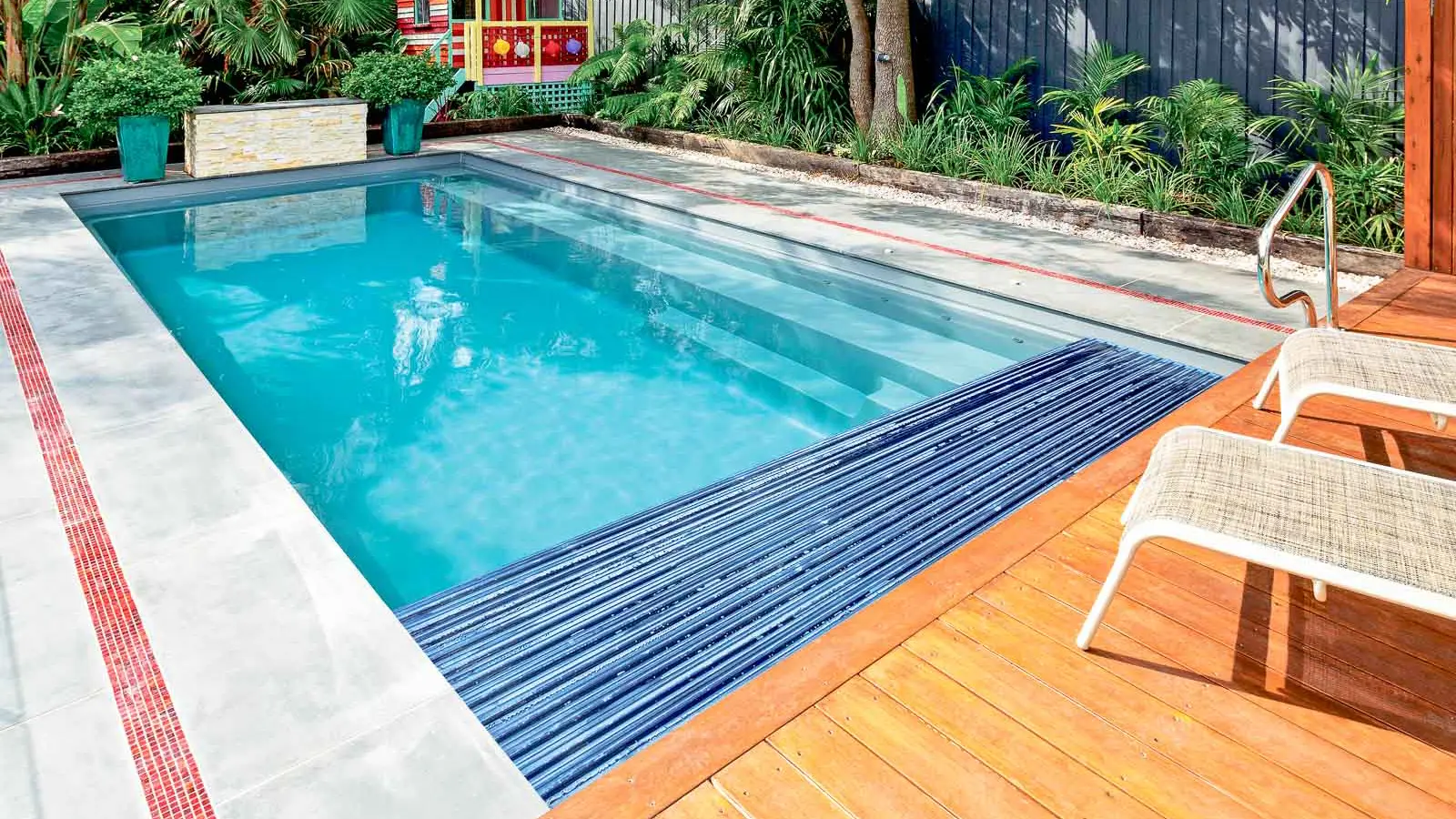
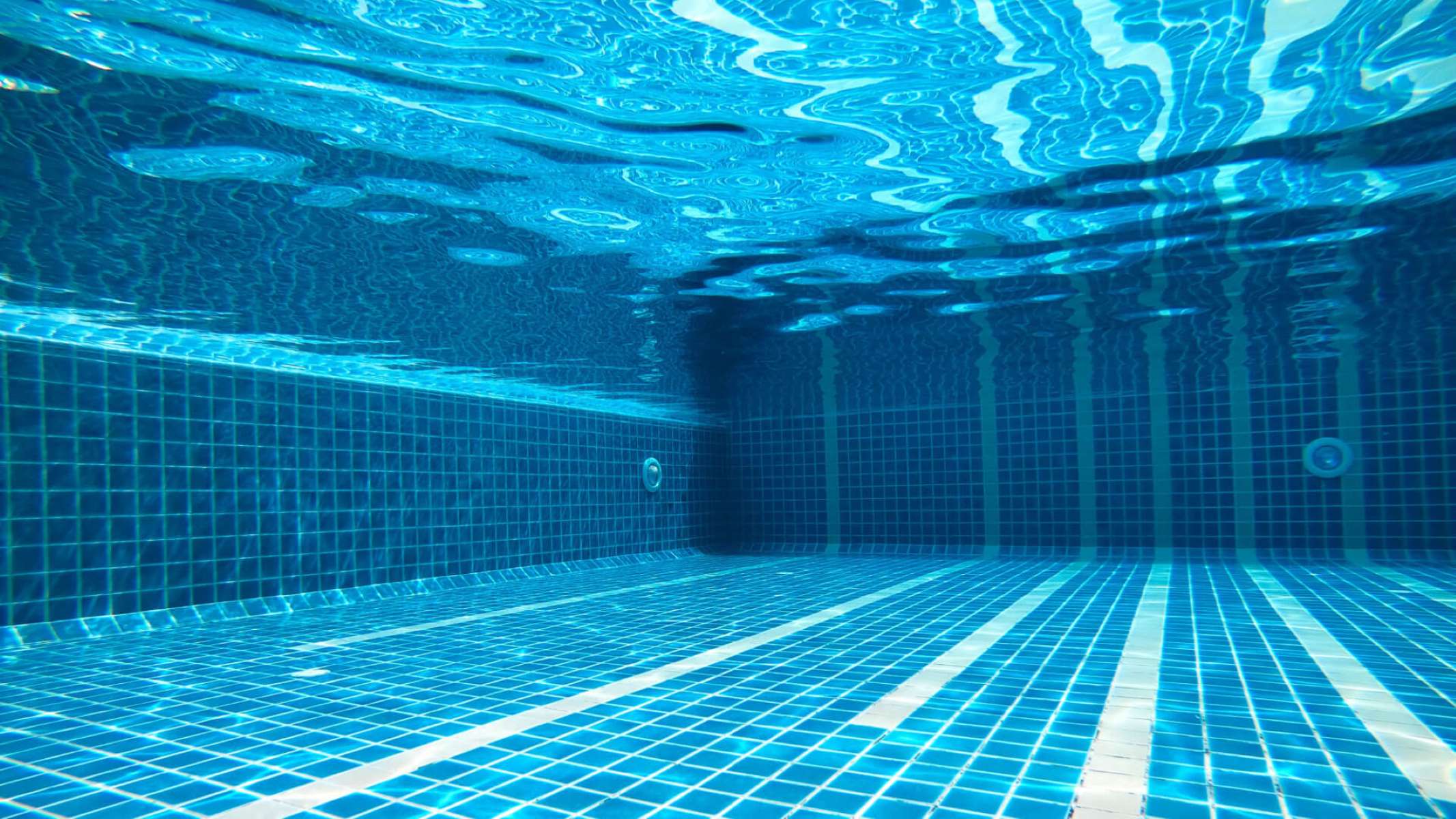
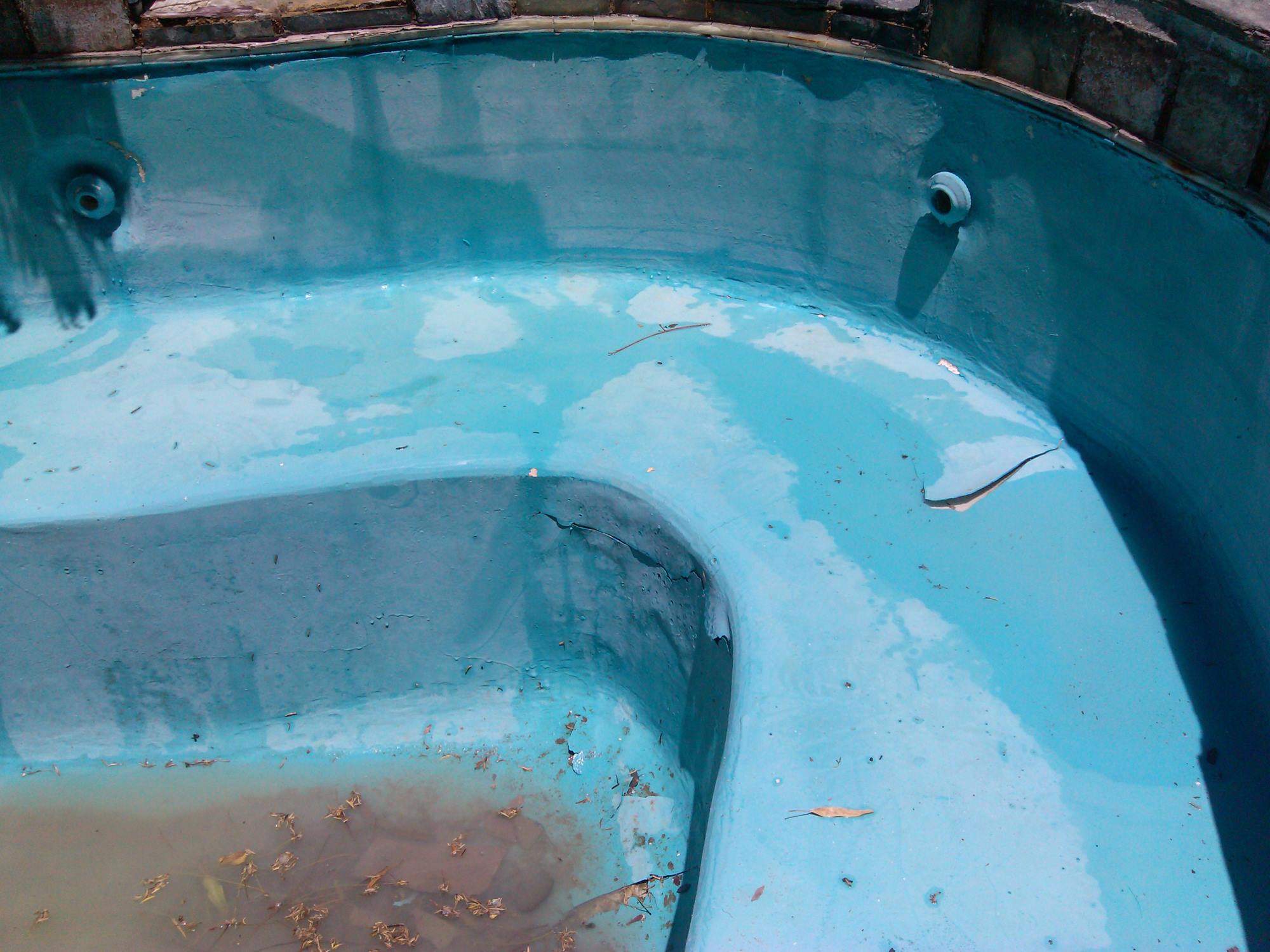
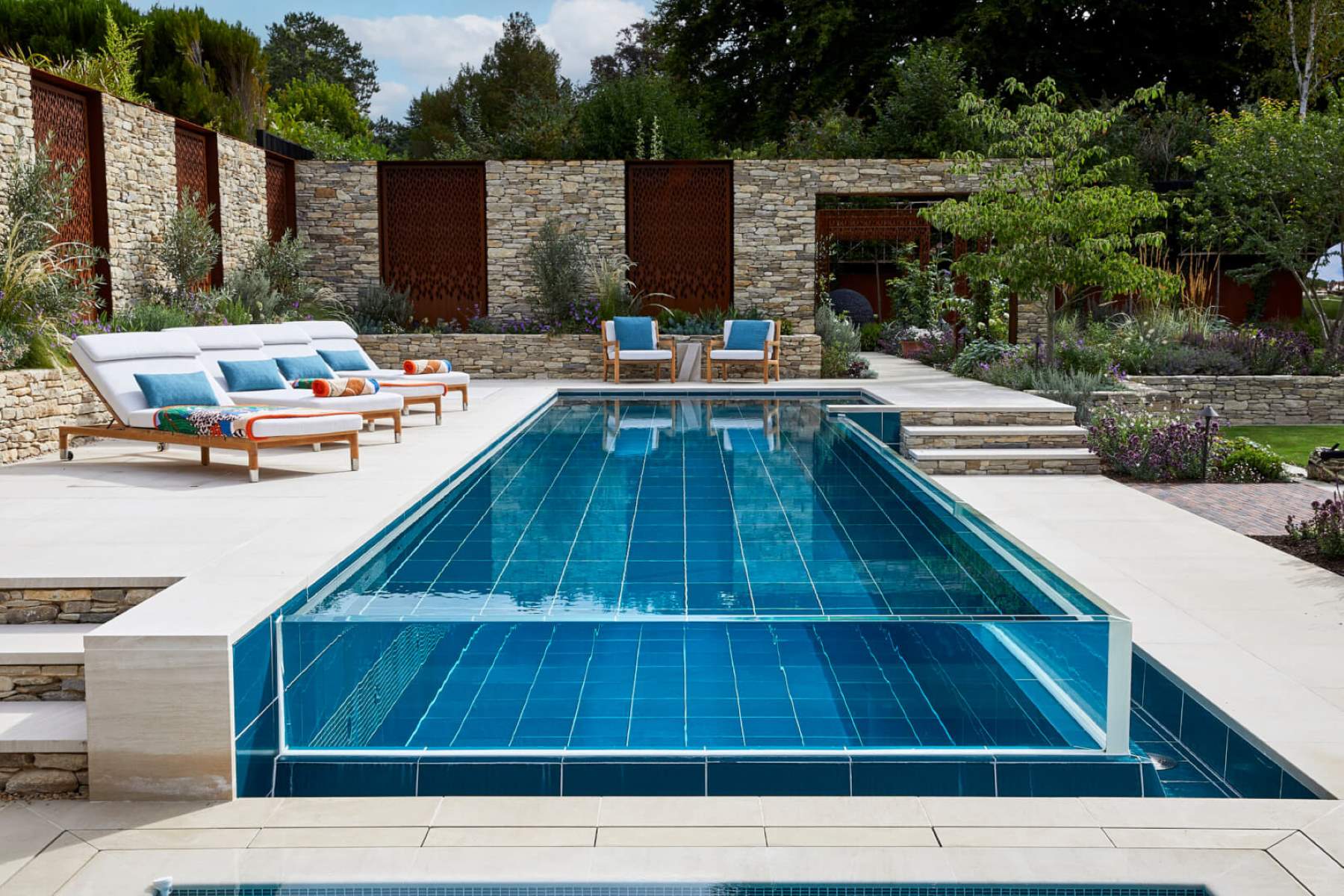

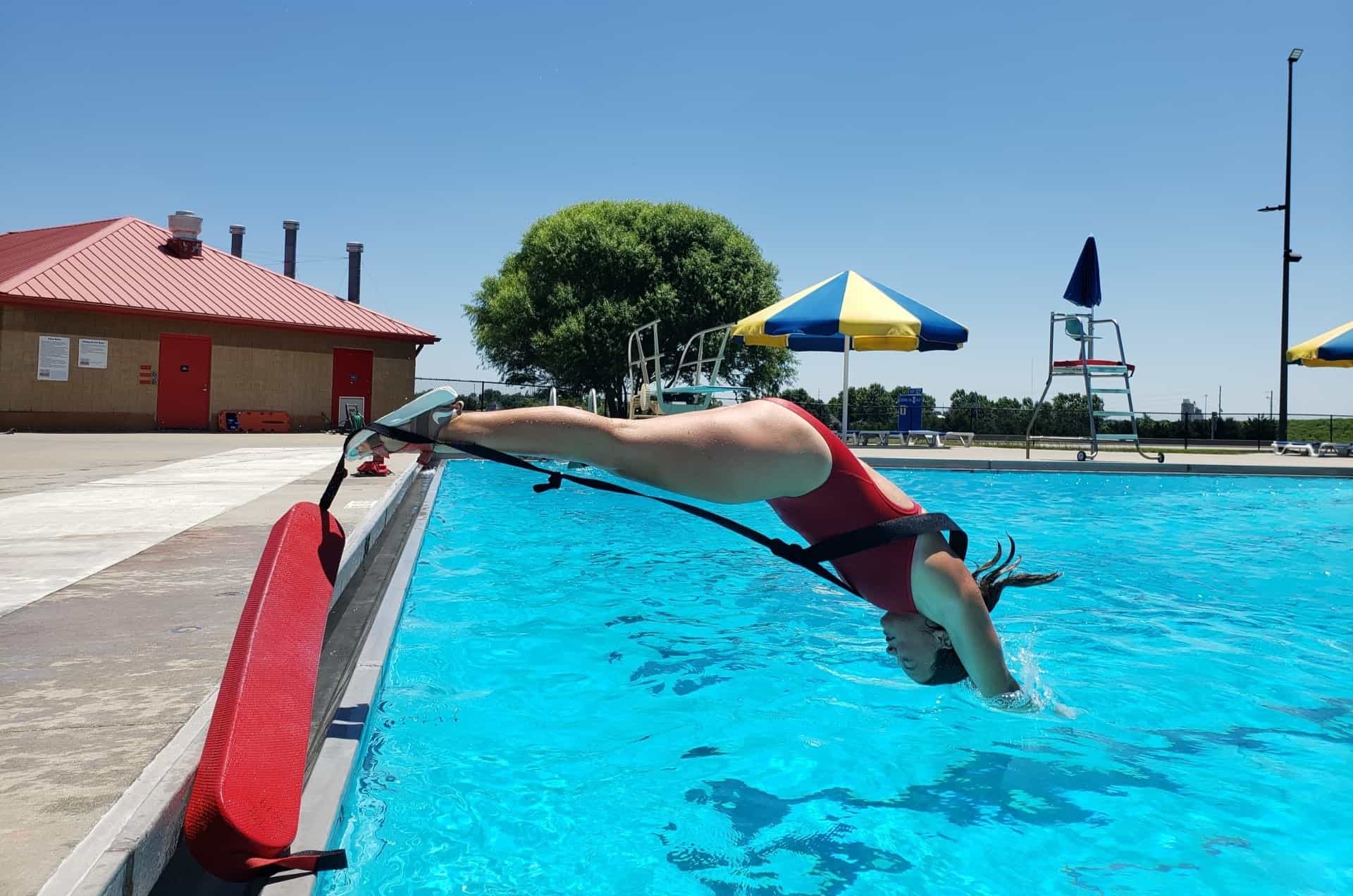
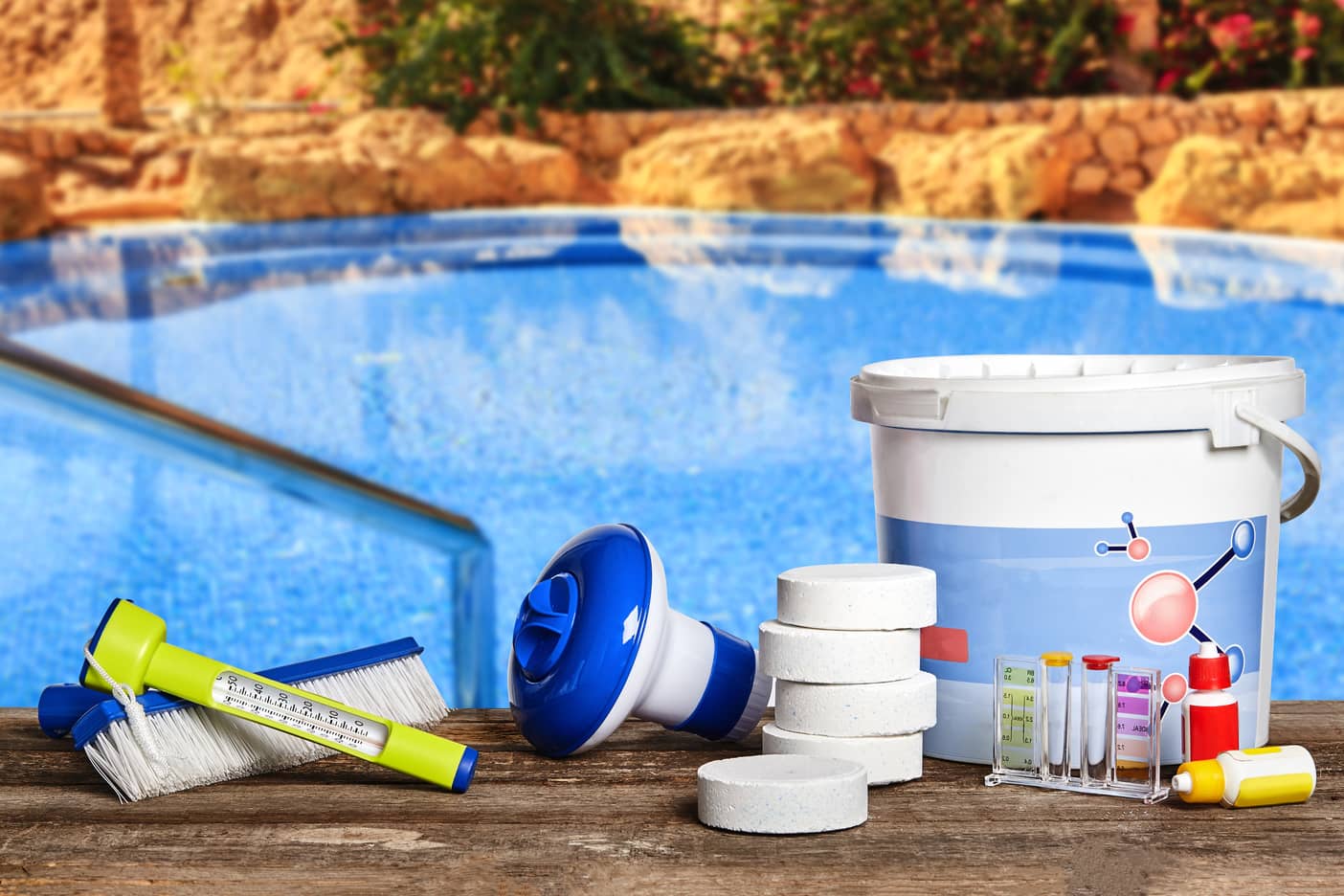
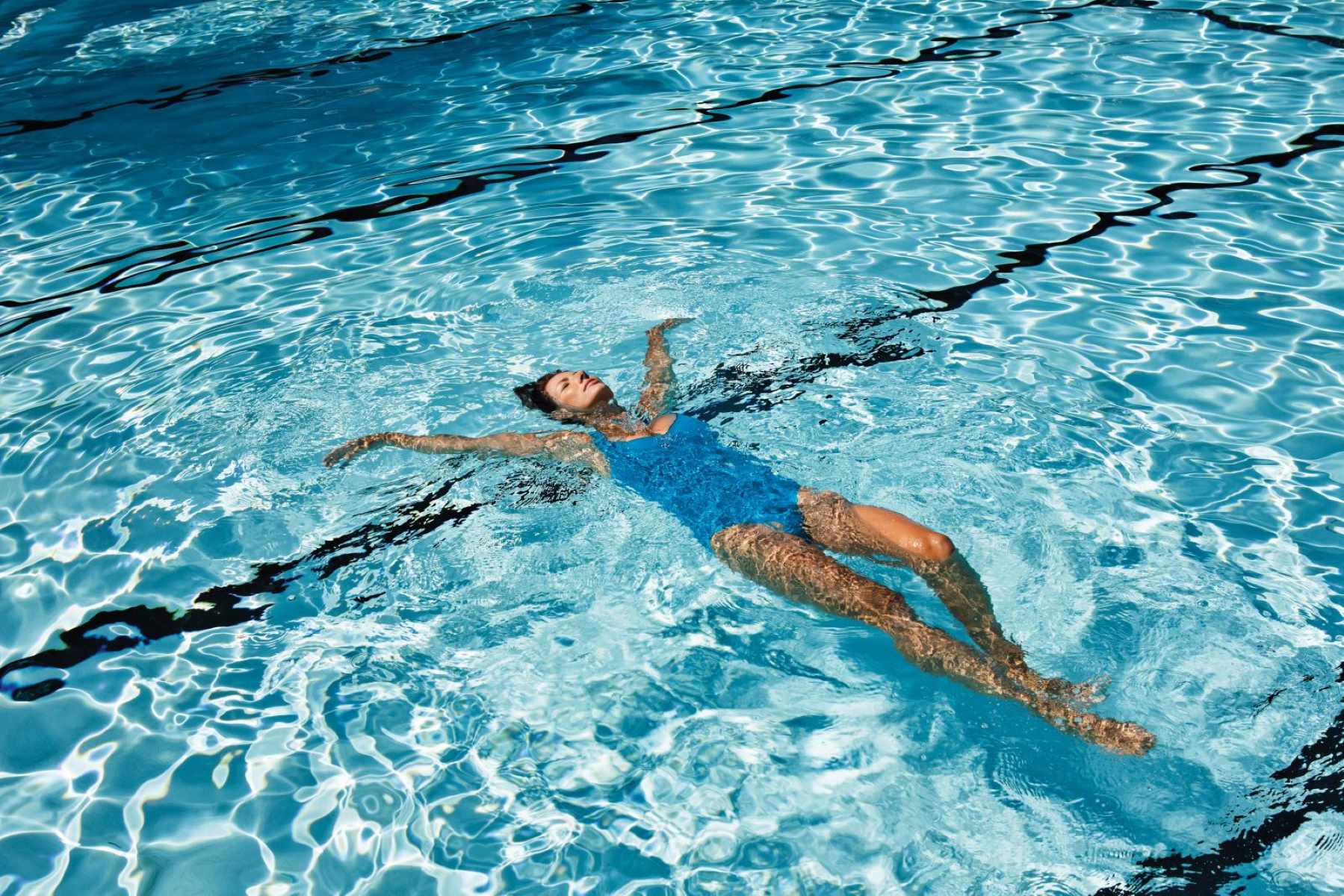
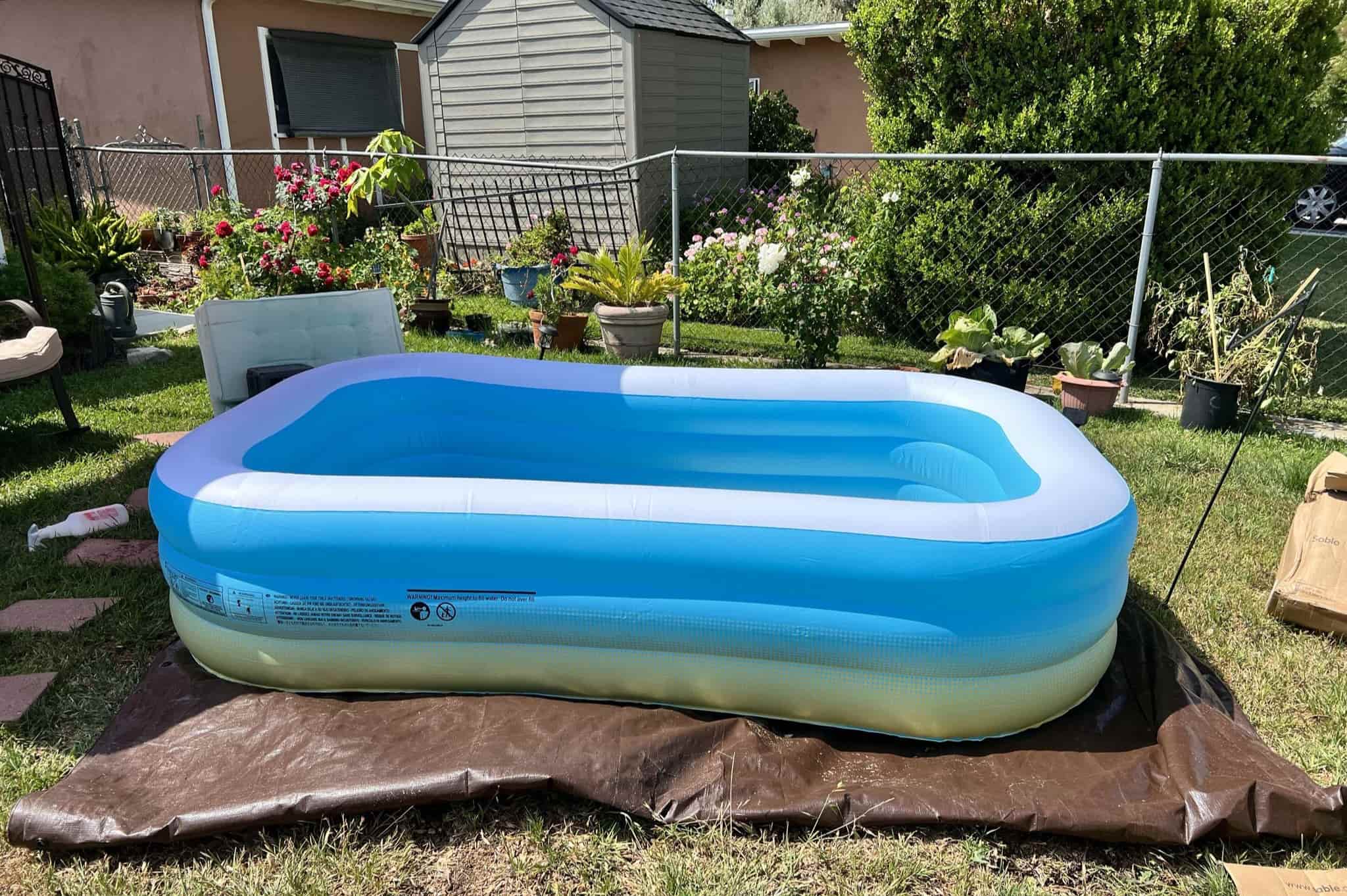

0 thoughts on “How To Get Rid Of Mosquito Larvae In A Swimming Pool”